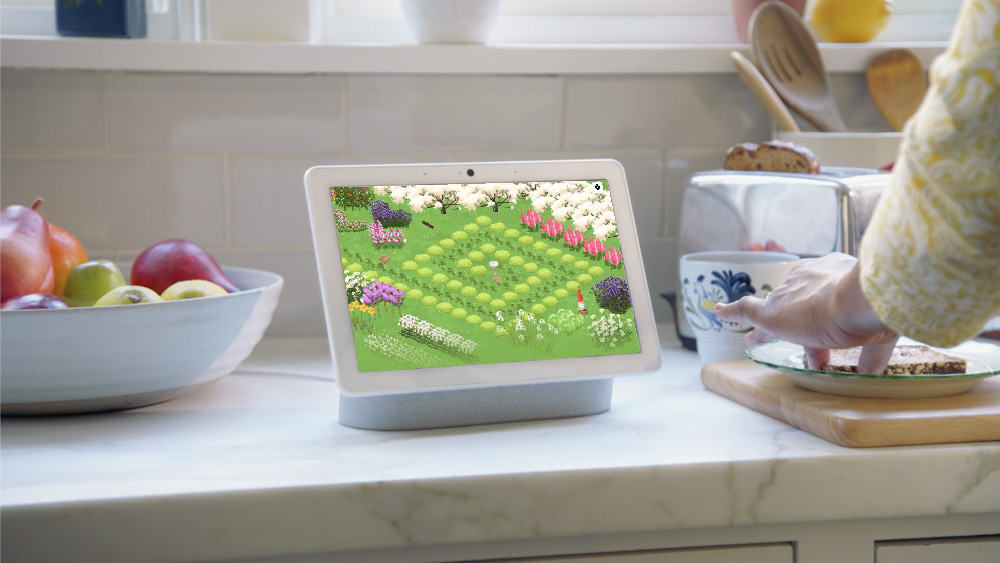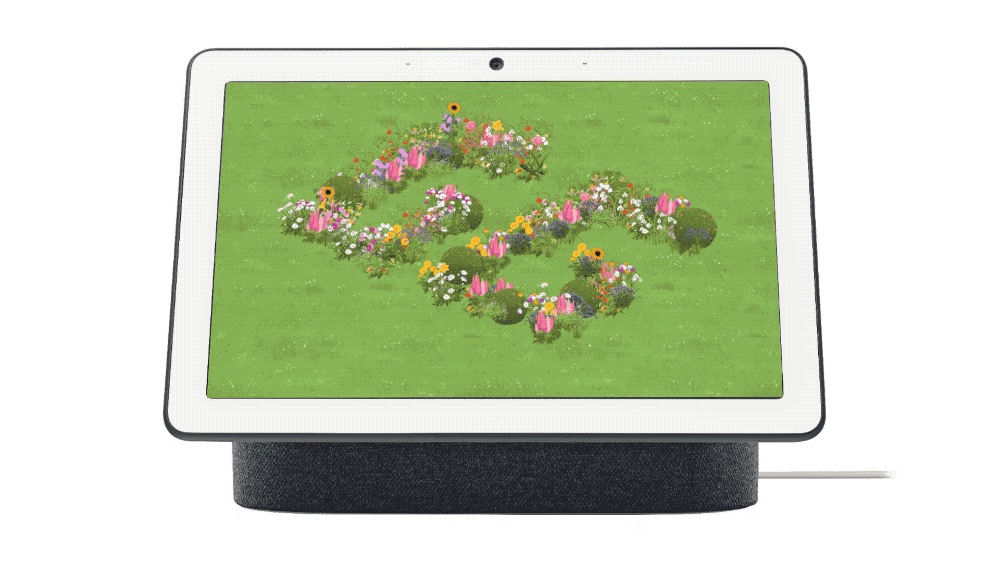AI-generated Key Takeaways
-
Smart displays offer a new gaming platform in high-traffic home areas, supporting voice interaction and multiple players.
-
Designing for smart displays requires considering interactions at a distance, simultaneous player input, and integration into shared spaces.
-
Games for smart displays can build visual experiences with voice integration, offering players both touch and spoken input options.
-
You can extend your Google Assistant game to more devices like smartphones and smart speakers by adapting your design for different screen sizes and input methods.
-
Adapting for smart speakers may involve offering a limited or informational audio-only mode of your game.
As one of the fastest growing home devices, smart displays are a new platform for gaming. Google Assistant devices with displays offer a great opportunity to entertain players with rich visuals and games that talk.
Learn why and how to build for smart displays and how to extend your game to even more devices.
Design for smart displays
Smart displays create a new space for gaming: on the kitchen counter, next to the sofa, or in the family room. Sitting in these high-traffic, multiple-occupant areas, these devices can be reached by anyone at home from almost anywhere. With just a few words, multiple people can quickly access your game.

The play spaces around smart display devices are different from other gaming platforms. Multiple people may be in the same room and non-gaming activities can be happening at the same time. This environment offers some unique challenges and opportunities for building games:
- Interactions at a distance: Players may be moving around, speaking to the device from a few steps away, and not looking at the display while interacting with it. With this in mind, your game should be entirely playable through voice interaction and avoid relying on players needing to touch the screen. You should also design game visuals that are readable for players standing at a distance.
- Multiple, simultaneous player input: Smart displays are great for games that involve multiple people, so consider how to engage more than one player at a time. With this in mind, make sure it's easy for several people around a device to enjoy your game's graphics.
- Shared common spaces: Smart displays are often located in high-traffic places, like living rooms and kitchens. Consider how your game might blend or combine with other activities happening during gameplay, such as cooking, cleaning, homework, or friendly debates.
To learn in-depth principles for creating effective voice interfaces, see the Conversation design site. You can also check out Android's Designing for TV principles, which shares similar, helpful recommendations to design player interactions at a distance.
On the technical side, Google Assistant developer platform provides the Interactive Canvas framework for building games for smart displays using familiar web development tools. This framework lets you build full-screen visual and conversational experiences. Learn more about building with Interactive Canvas in the developer documentation.
Build visual games with voice
From early game consoles to modern mobile gaming, players have come to expect a great visual experience from games. Smart displays provide a way to create that experience for players and engage them in a new dimension: voice.
 Offering the familiarity of large, inviting touch screens, with the
speed of a spoken interface, smart displays create a bridge from existing gaming
to voice-enabled game experiences. Players can simply say, "Hey Google, let's
play a game," and jump into a game fast. If they get into unfamiliar territory,
the screen provides an additional, comfortable input option.
Offering the familiarity of large, inviting touch screens, with the
speed of a spoken interface, smart displays create a bridge from existing gaming
to voice-enabled game experiences. Players can simply say, "Hey Google, let's
play a game," and jump into a game fast. If they get into unfamiliar territory,
the screen provides an additional, comfortable input option.
Targeting devices with both display capabilities and voice interfaces in the Google Assistant ecosystem gives your game the best chance of success, by providing two ways to engage, entertain, and assist players.
Extend your reach to more devices
Google Assistant operates on more than just smart displays. While you should design for smart displays first, take note of the other Google Assistant devices where your game can be played. In particular, smartphones represent a large part of the device population and use of smart speakers continues to grow.
Adapt for smartphones
To optimize your Google Assistant game for smartphones:
- Use responsive design: Use the techniques of responsive web design to adjust to varying screen sizes, particularly for smaller phone screens. Google Assistant uses HTML technologies for visuals, so you can use much of what you already know about responsive design for your game.
- Account for volume: Since smartphones are used on the go, players often have their volume turned down or off. It's a good idea to remind players to check their volume at the start of the game, but they may not be able to use sound because of where they are, such as a quiet gathering or a loud commute. Be sure to accommodate this in your design by making your game navigable through touch, in addition to voice, and make sure that important information contained in audio prompts is also readable on the screen.
Adapt for smart speakers
As your player base becomes more familiar with your game, a voice-only interface may be desirable for experienced players and can make your game more accessible to new players.
Consider how your game could work in an audio-only mode by scaling back the game play to a limited mode, or switching to an informational mode. For example, if a player activates your game from a voice-only device, you could provide updates about game features, news, mission updates, or leaderboard status.
For more information about designing voice-only interactions for speakers, see the Conversation design site.
